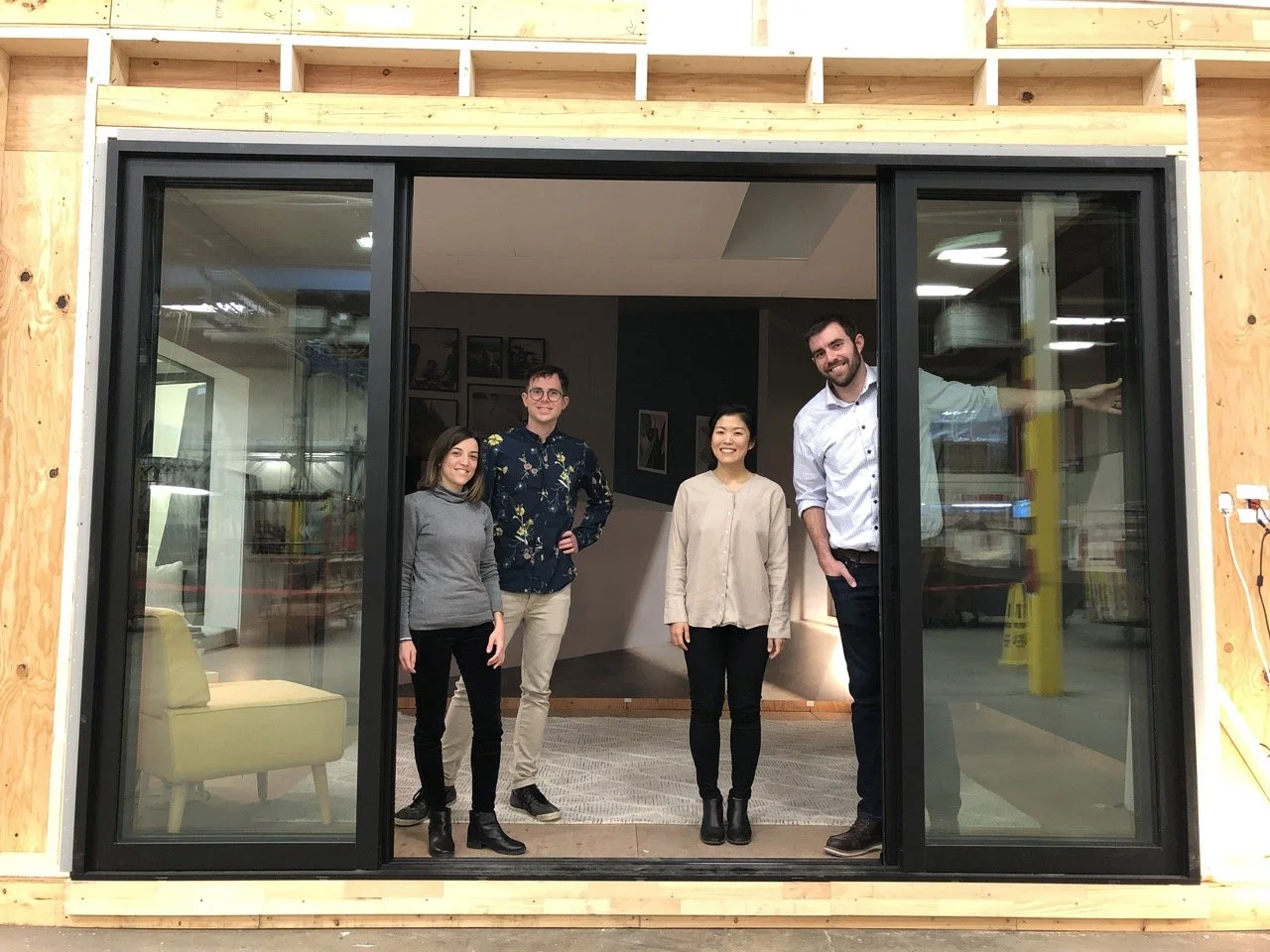
Context:
When creating Marvin's top-level growth strategy, Marvin's top leaders were seeing diminishing returns from investing in optimizing window materials and performance characteristics. The Business goal, from our CSO was, "We need to find new blue ocean markets for us to lead in and will drive long-term growth." Senior leaders across the company were polled, and it was determined that Marvin had fully optimized windows to let in light, but there was a benefit that is often overlooked, which is fresh air.
Our design team prompt was: “Explore air in the home as a new market for Marvin and design a fenestration product that augments homeowners experience with fresh air”
Approach:
Phase 1: Defining the problem
Understanding the Experience Of Air in the home and defining their needs.
Looking at the technology landscape (both in research and in competitive products)
Using the above to define the opportunity for Marvin to lead in creating new experiences.
Timing: 2021
Phase 2: Designing The Solution
Generating Ideas with multidisciplinary teams and prototyping experiences.
Test ideas with users (qual & quant) and filter them down according to business constraints.
Creating a product vision and MVP that mees Desirability, feasibility, and Viability Metrics.
Timing: 2022
Phase 3: Scaling And Optimizing
Building the product and creating assets for launch.
Learning from Ppilot markets and scaling toward a long-term vision.
Roothlessly optimizing to create a balanced value prop for users and the Marvin business.
Timing: 2023-2024
2025 Impact:
Current State: Marvin Connected has been on the market for 1 year. In this first year:
We have doubled our sales goals for 2024.
The business has added investment to scale the platform to new window collections and across all Marvin dealers.
We have won dozens of design awards, which have significantly boosted our brand. Most notably, we have received the Fast Company Innovation Award and the Good Design Award.
Feedback from users is it’s a life changer.
My Role:
Phase 1:
I co-led the initiative, developed the approach, and managed all workstreams and team members. Our phase team had 10 teams with a variety of discipline backgrounds: Design research, UX design, Mechanical Engineering, Computer Science, Project management, Product Management, and Business Annalists.
Phase 2:
We scaled the team to over 25 members, and my role as co-lead was focused on organizing a work stream and connecting the dots between work groups to create an overall product vision and MVP.
Phase 3:
As we approached the launch, a long-term business owner was identified. I handed over leadership of the program before launch but stayed involved as an advisor through today.
Learn more:
More details about each phase of work can be found by clicking the links blow. Full details of this work are provided upon request.
Click the links below to see how the program shows up in the world.


